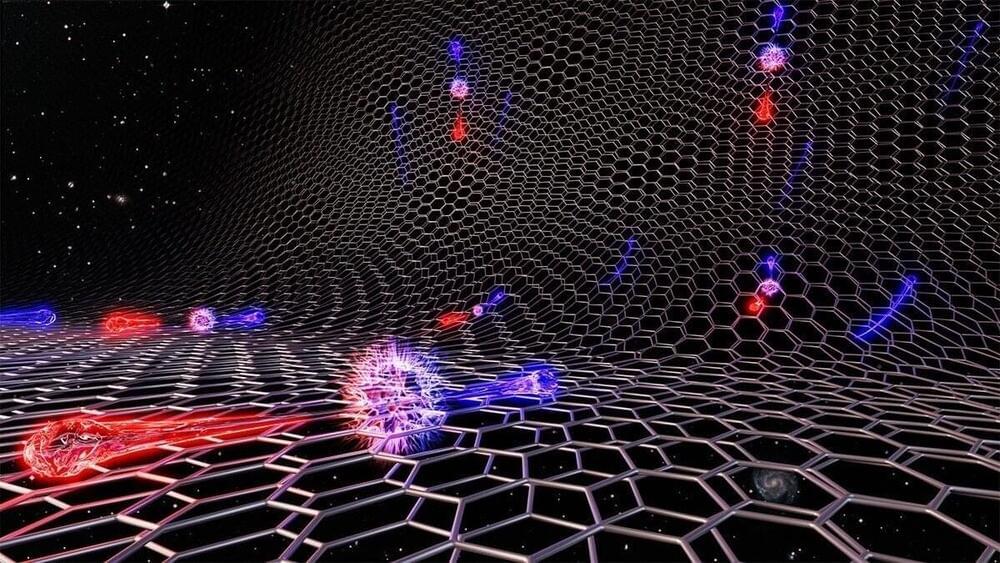Stars are giant balls of gas that emit light and heat. They are mostly made up of hydrogen and helium gases and can have huge masses. For instance, the heaviest star yet found in our universe, called R136a1, has a mass of around 315 times that of our Sun and is almost 9 million times more luminous.
Stars are so heavy that they should collapse due to the inward force of gravity exerted by their own weight but thanks to the nuclear fusion reactions taking place in their cores, the massive inward gravitational force is balanced by the strong heat and pressures found within a star. This balance between gravity and gas pressure from energy generation is called hydrostatic equilibrium, and it is both self-regulating and finely tuned. goes up must come down, as the saying goes, but what is gravity?






